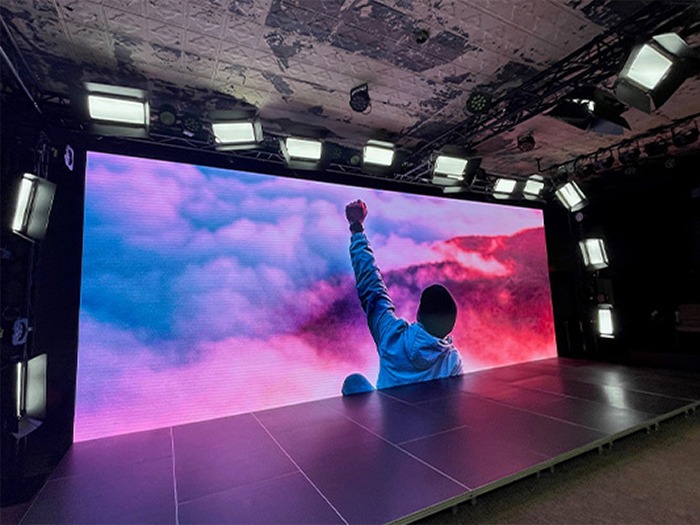Examining the Fundamental Elements That Influence Luminance in Light Emitting Diode Display Screens
Examining the Fundamental Elements That Influence Luminance in Light Emitting Diode Display Screens
Blog Article
Light Emitting Diode wall panels are increasingly popular for both advertising and leisure due to their luminous and vivid displays. Understanding the factors that influence the brightness of these screens is essential for manufacturers and buyers alike. Luminosity is typically gauged in candelas, which shows how much light is produced from the area of the screen. Numerous key elements contribute to the overall brightness, including the type of Light Emitting Diode used, the quality of the panel materials, and the power supplied to the screen.
The kind of LED chip used in a panel panel plays a crucial role in its luminosity. Various LEDs emit differing levels of lumens, which gauge the amount of light visible to the mortal eye. High-quality components, such as those made using sophisticated technology, can produce more luminous light with higher efficiency. Furthermore, the hue tone of the LED also affects apparent brightness. For instance, colder color tones (higher Kelvin values) can seem brighter than hotter ones, even at the identical lumen level. This characteristic is important for uses where clarity is important, such as in outdoor promotion.
The materials used in the building of LED wall screens also influence their brightness. The type of foundation and encapsulation materials can influence how much light is conducted versus how much is taken in or scattered. For example, a screen made with high-quality clear glass will permit more light to flow through than one made with lower-grade materials. Additionally, the configuration of the screen, including its thickness and the click this link here now layout of the LEDs, can improve or diminish luminosity by affecting how illumination is distributed across the screen.
The energy supply provided to the Light Emitting Diode wall panels is another key element in determining brightness. Each Light Emitting Diode chip has a particular voltage and electric flow need for ideal performance. If the energy supply falls short, the luminosity of the panel will decrease. Conversely, providing too much power can lead to excessive heat and reduced lifespan of the Light Emitting Diodes. Therefore, maintaining a consistent and sufficient power source is essential for realizing consistent brightness levels. This is especially important in changing displays, where luminosity may need to be adjusted for varied illumination conditions.
Finally, surrounding factors can affect how luminosity is perceived. Surrounding illumination conditions play a significant role in how luminous an Light Emitting Diode wall screen appears. In luminous daylight, for example, a panel with a reduced brightness level may struggle to be seen clearly, while a more luminous panel can stand out more efficiently. Additionally, the angle from which the screen is observed can affect luminosity perception due to how illumination bounces off surfaces. Understanding next page these elements helps consumers select the appropriate LED panel panel for their requirements and guarantees that producers create products that satisfy luminosity expectations for different applications.